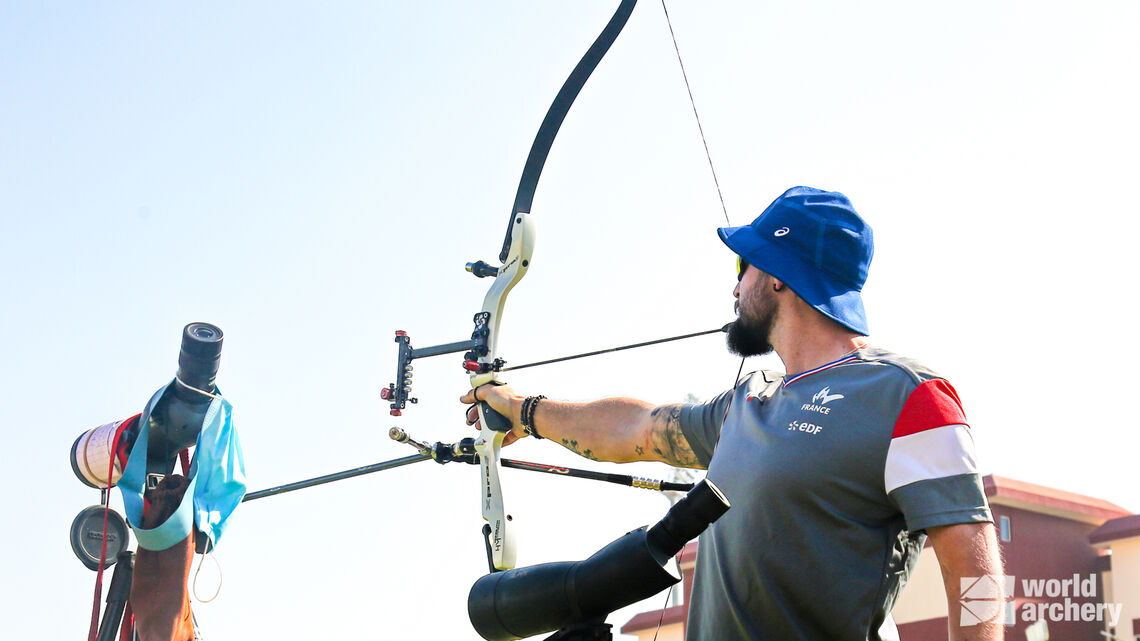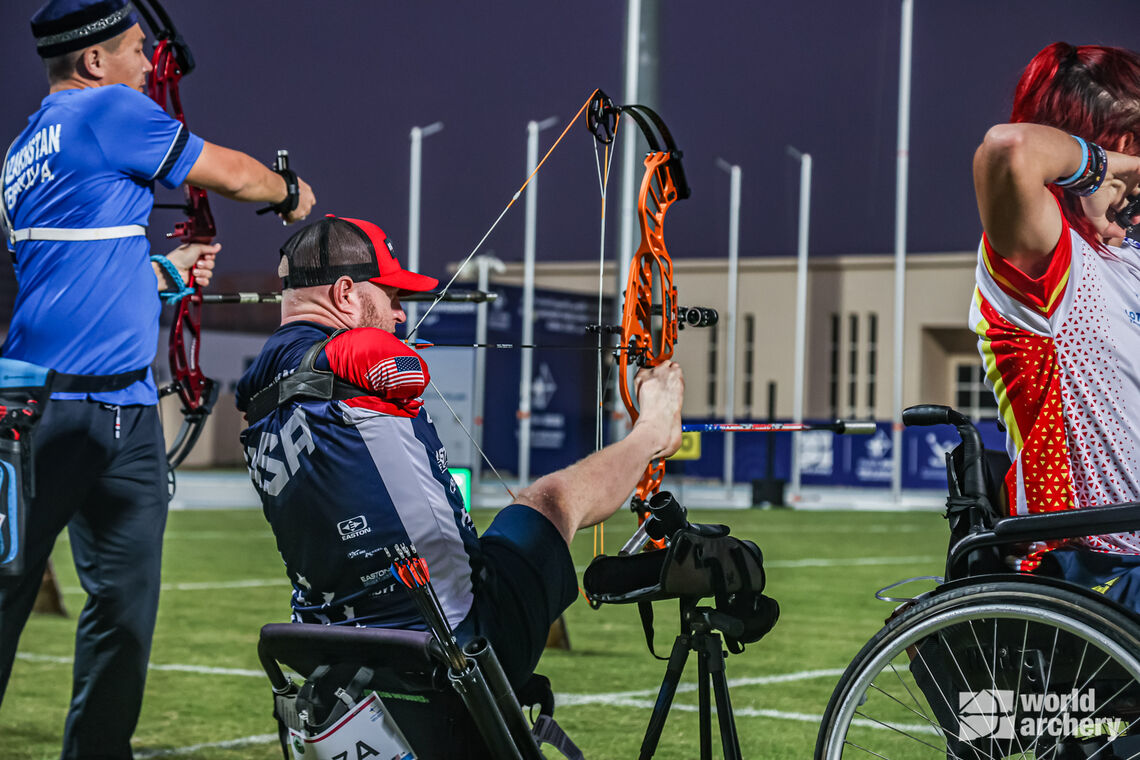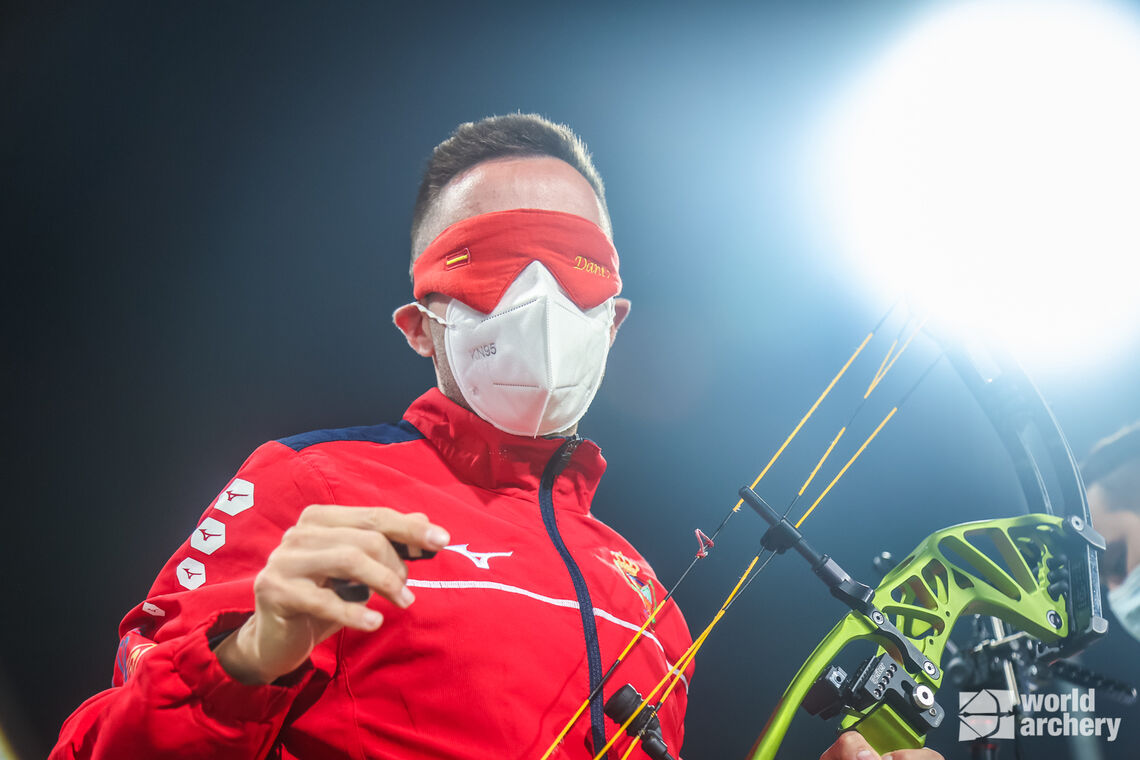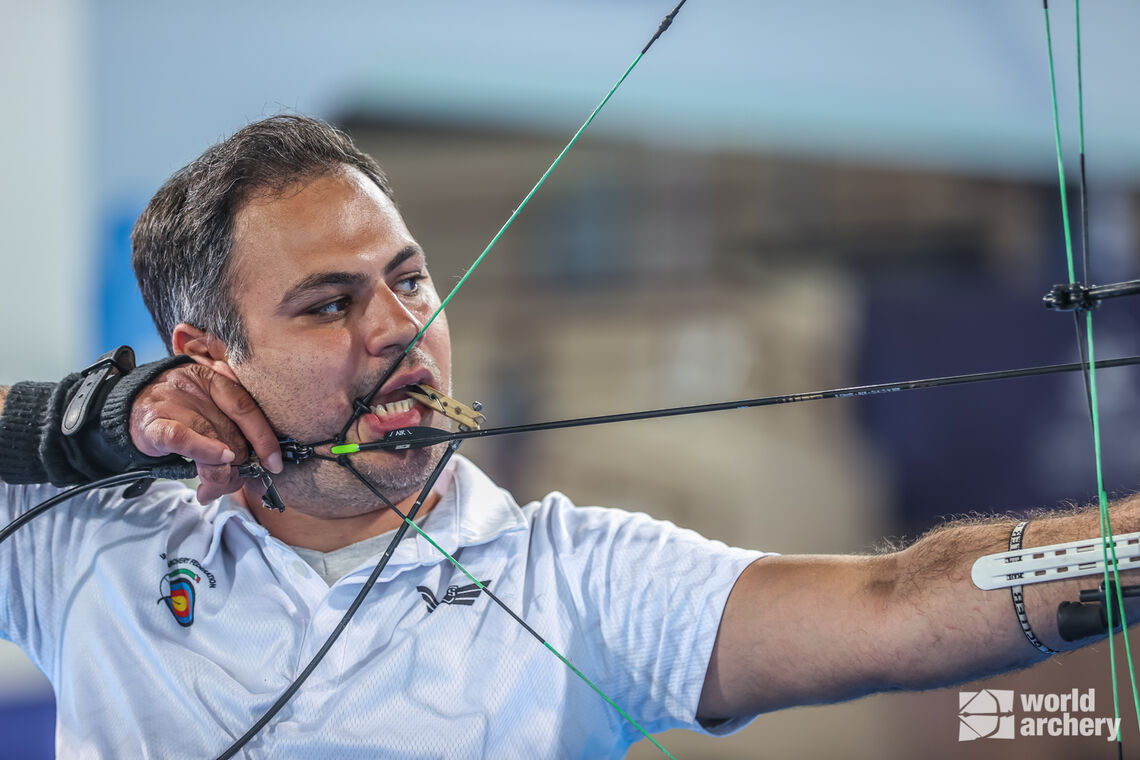Levelling the playing field: Para archery classification explained

Para sport is gaining in prevalence and popularity thanks to international campaigns ensuring appropriate facilities and coaching are available for people with impairment.
Para archery is not excluded from this progress.
More interest means more questions – about what being a para athlete means, which assistive devices are available (everything from stools and wheelchairs to custom release aids) and exactly who can compete in sports like para archery.
The answers all lie in the process of ‘classification’.
The International Paralympic Committee states that a para athlete must have a permanent condition that impairs muscle power or range of movement, lost a limb or a limb deficiency, hypertonia, ataxia or visual impairment.
This list is not exhaustive. It’s possible to have a condition considered a medical disability but not be eligible to compete in para sport.
To confirm whether a person is eligible and what assistive devices they can use, the process of classification – with a trained classifier – assesses their impairment against a clear set of parameters, which are designed to keep the sport fair.

Classifications and competition
In the sport of para archery, there is a clear distinction between an athlete’s classification and the competition classes in which they compete. The two things are not the same.
There are currently four competition classes: W1, open, VI1 and VI2/3.
However, there are seven athlete classifications: W1, W2, ST, NE and B1-3.
Para athletes classified as W1 are the most severely impaired, with a condition usually affecting both halves of their bodies and their torso. The rules for the W1 competition class include the use of either a recurve or compound bow with limitations.
Para athletes classified as W2 (wheelchair) and ST (standing) compete together in the open competition class, which uses the same divisions – recurve and compound – and nearly identical rules as able-bodied events.
Athletes classified as NE (non-eligible) are unable to compete in para archery competition. They may still be given permission to use an assistive device at able-bodied events.
B1-3 is a measure of visual impairment, B1 being totally or almost-totally blind and B3 being approximately 10% functional vision. B1 para athletes compete in the VI1 competition class and use blindfolds to completely limit vision. B2 and B3 para athletes compete in the VI2/3 competition class and don’t use blindfolds.

Classification procedure
Most countries with a para archery programme also run a national classification programme – so that international classification is only required when a para archer reaches an international standard.
The processes of national and international classification are usually very similar.
An individual first has to provide medical evidence of their eligible condition. Their impairments will then be assessed by classifiers (always two internationally) on what most people would recognise as a sports massage bed.
Only focusing on the limbs, joints or muscles affected by the condition, the classifiers will assign points according to the level of observed impairment.
The tests used in the assessment are varied and specific to the condition, which can range from obvious, like amputation, to completely hidden. The most common tests are strength, asking the person to push as hard as possible, and range of movement, either driven by the athlete or the classifier.
Classifiers aren’t allowed to consider pain in their assessment as it is subjective so if the process becomes too painful, it is stopped.
Acuity and field tests are used to assess visual impairment, with observation of the athlete during shooting verifying their actual functional level.

Classification card
Once the assessment process is finished, the athlete will be given a classification card that details its results, their classification status and any assistive devices they are permitted to use in competition.
There will sometimes be a review date on the form – others will be issued as confirmed, meaning no review is necessary.
Review dates are often given to athletes with a condition that’s been recently diagnosed or could change over time. Modern medical advances, new therapies and developing rehabilitation methods mean that more archers will be given review dates as time progresses, maintaining the future integrity of the classification system.
The International Paralympic Committee’s Athlete Classification Code, the rules of para archery, classifications and competition classes define the sport for a very varied community. The system isn’t perfect but it provides the framework through which these talented para athletes can focus on their performance.
As a sport, archery is fortunate. The divide between para and able-bodied archery is minimal. Many impaired athletes compete – and often beat – their able-bodied opponents.
The classification process isn’t scary. It is structured, standardised and completely confidential. Its purpose isn’t to label or segment, but to give para archers the level playing field that they deserve.









